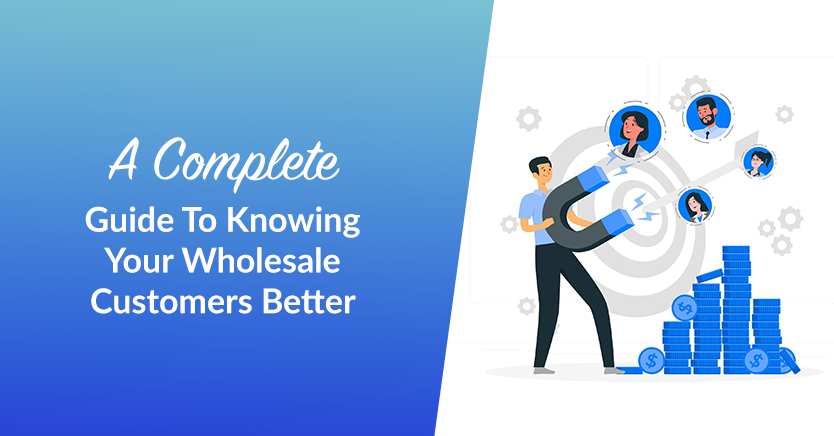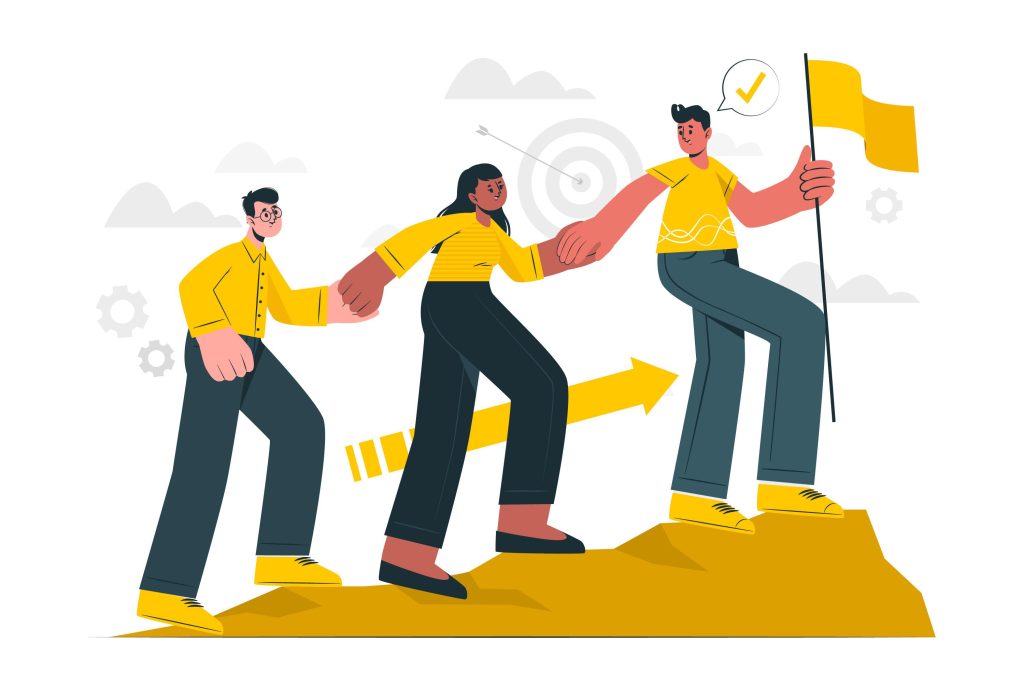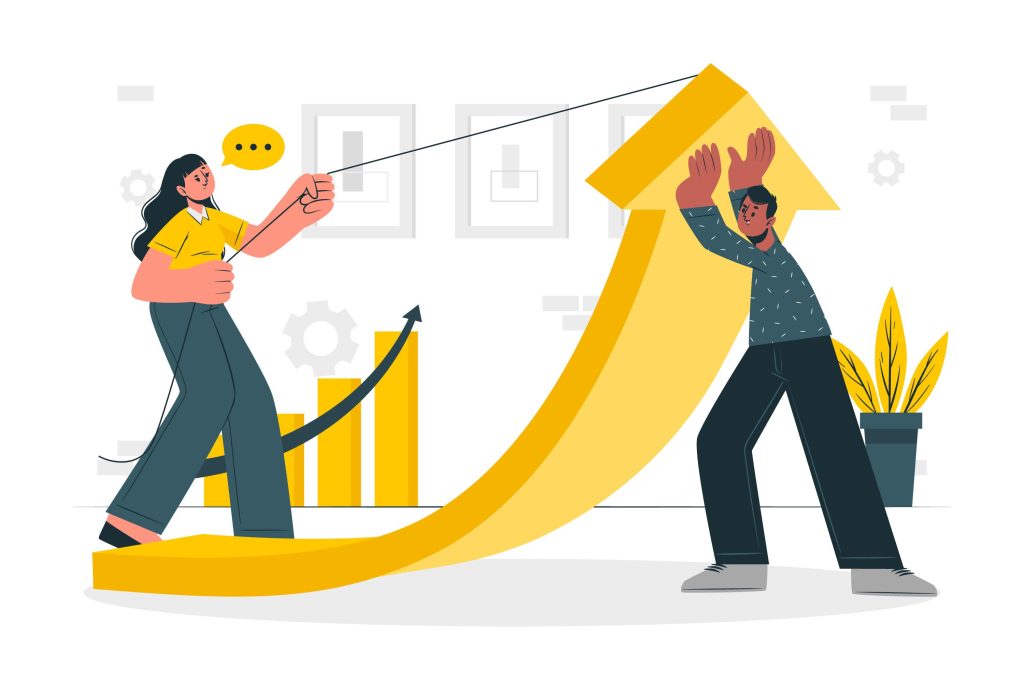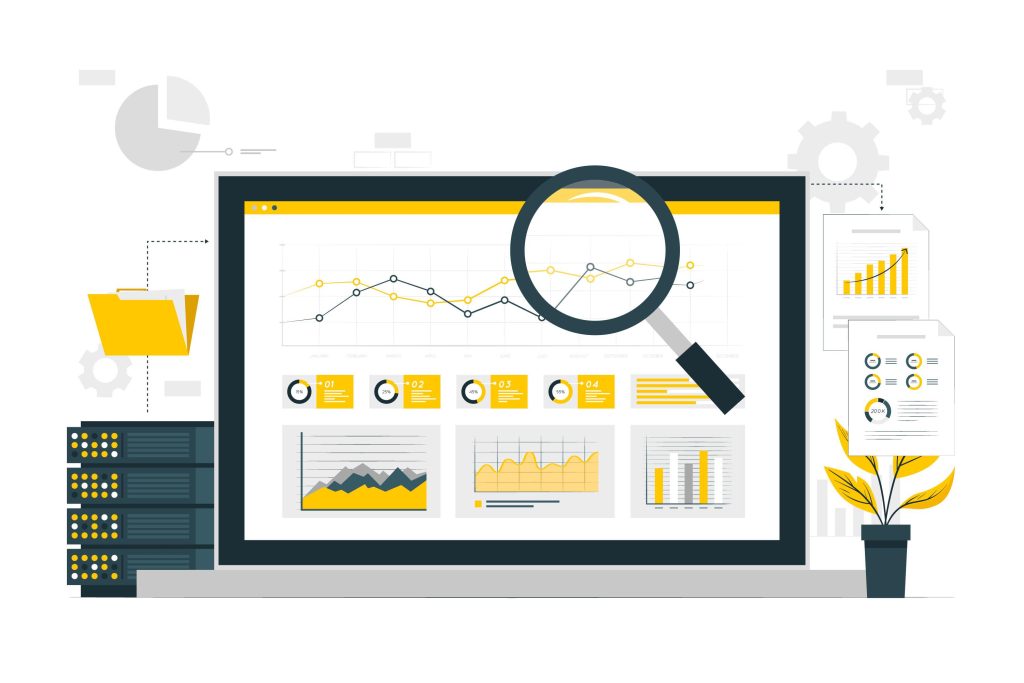
Wholesale businesses operate in a highly competitive market, where understanding your customers’ needs and preferences is critical to your success. To remain competitive, you need to start knowing your wholesale customers and their buying patterns more deeply.
This knowledge can help you develop targeted marketing strategies, improve customer retention, and increase sales.
In this complete guide, we’ll explore the various ways you can get to know your wholesale customers better. We’ll also provide you with practical tips and insights that will help you build stronger relationships with your customers. Let’s get started!
Knowing Your Wholesale Customers Better In 9 Ways
If you’re running a wholesale business, you know that understanding your customers is key to success. But how can you get to know them better?
Here are 9 ways to truly understand your wholesale customers so you can provide a better wholesale experience in your store:
1. Define Target Customers
The first step is to know who your target customers are.
Not everyone will be your customer. You only need to reach out to customers who have a need for your products and who will most likely buy from you.
In this post, you will learn 8 steps that will help you create a Target Customer Persona. If you have not defined your target customers yet, this is a must-read!
It will run you through the step-by-step that you can take to create a target customer profile. In easily understandable chunks, you will be able to understand your target customers better.
2. Identify Qualities of Potential Wholesale Customers
Knowing who your target customers are is not enough.
When you’re looking to sell more products, explore new markets, or grow your company, you need to know what types of customers are the most profitable. Because if your customers are as profitable as you think, then there must be a market for your products — and that’s where knowing the qualities of your potential wholesale customers comes in.

By doing so, you can target a specific audience, create solid relationships, maximize profitability, and enhance inventory management by doing so.
Furthermore, tailoring your approach to customers’ individual preferences allows you to carry popular products, which can result in higher sales and loyalty.
3. Understand Customer Pain Points
Customers are the driving force in business. It is impossible to succeed unless you recognize their needs and concerns. To ensure that customers care about your products and services, you must deliver value and benefits that are meaningful to them.
In short, you can design customized solutions that address your target customers’ individual demands by understanding their pain spots.
However, having a great product or service alone isn’t enough. You need to understand the underlying psychological and emotional triggers that motivate customers to make a purchase.

Knowing how to pull these triggers can give your business a significant advantage. By connecting with customers on a deeper level and addressing their desires, you can build a loyal customer base that keeps coming back for more.
Remember, to be successful in your wholesale business, it’s important that you prioritize your customers and supply them with solutions that address their primary needs. This way, you establish a successful brand that serves the demands of your customers while also meeting your objectives.
4. Apply Customer Mindset
As a wholesale business owner, it’s crucial to understand the importance of a customer mindset.
But what exactly is customer mindset, and how can you apply it to your business?
Simply put, customer mindset refers to the way your customers think and feel about your brand and products. It’s about understanding their needs, wants, and desires and tailoring your marketing and sales strategies accordingly.
By tapping into your customer’s mindset, you can build stronger relationships, drive more sales, and ultimately grow your business.

Here are some of the ways you can gain a better understanding of customer mindset:
- Analyzing your target customer demographic – By gathering this information, you can begin to identify patterns and trends in your customer base, which can help you tailor your approach to better meet their needs.
- Gather customer feedback – This can be done through online surveys, interviews, focus groups, or one-on-one conversations.
- Stay up-to-date with industry trends and changes in customer behavior – This can help you adapt your strategies, stay ahead of the competition, and continue to meet your customers’ changing needs.
Use all you’ve learned moving forward in your marketing approach. This will help you develop a marketing agenda that is more well-rounded, compelling, and specifically focused on the wants and needs of your target audience.
5. Approach Wholesale Buyers
Approaching buyers isn’t as simple as it sounds. But, there are ways to make this a walk in the park.
Before we dive deeper, first understand that in order to approach wholesale buyers, one must be persistent, professional, and adaptable. You can develop connections with wholesale buyers and expand your business by adopting a calculated strategy and being persistent in your outreach efforts.
So, where do you start?
5.1. Research
Do your homework before contacting potential wholesale buyers. Make a list of prospective customers and determine the kinds of businesses that would be a suitable fit for your offerings. To find out more about their company and product offerings, look at their websites and social media profiles.
5.2. Pitch
Create a pitch that emphasizes your products’ special advantages and how they can satisfy the demands of the businesses you are aiming for. Your pitch needs to be brief, straightforward and tailored for the particular retailer you are contacting.
5.3. Contact

When your pitch is ready and you have found potential wholesale buyers, it’s time to make contact!
Introduce yourself and your company by calling or sending an email. Make sure to address them by name and include a brief justification for why you believe your products would be a suitable fit for their store.
5.4. Follow Up
Don’t forget about re-engagements!
Follow up with the customer to determine whether they are still interested in learning more about your items after the initial contact.
You might propose to send samples or arrange a meeting to go over your products in greater detail.
5.5. Negotiate
Finally, negotiate the details of the arrangement, such as pricing, minimum order quantities, delivery schedules, and payment terms, once the buyer expresses interest. If all parties have agreed, seal the contract and proceed with fulfilling the order.
6. Price Retail Products for Wholesale
Pricing is a tricky subject, as it depends on your business and situation. However, understanding the differences between wholesale and retail prices is crucial. You need to price your goods properly to ensure a profit and continuous cash flow.

Although pricing can be subjective, there are some scientific tips you can use to calculate wholesale prices and leave enough profit for both scenarios. Check out our Wholesale Price Vs Retail Price article here to learn more about calculating wholesale price from the retail price.
7. Solicit Feedback
Lastly, how do you know what customers think about your products and services?
There’s no crystal ball or gypsy needed to answer that question. Get it directly from the horse’s mouth, that is, from your customers!
To solicit feedback, you can run an automatic survey after people purchase from your online store. Combine tools like Survey Monkey or Google Forms and Drip (or your email marketing platform of choice) to handle automatically sending out survey request emails.
Conclusion
No matter where you are in your business, it is important to stay true to your target customers. That’s why we have compiled this guide on how to know your wholesale customers better.
We shared 7 practical tips to know your wholesale customers better:
- Define Target Customers
- Identify Qualities of Potential Wholesale Customers
- Understand Customer Pain Points
- Apply Customer Mindset
- Approach Wholesale Buyers
- Price Retail Products for Wholesale
- Solicit Feedback
If you are a new wholesaler or an established company looking to expand your market knowledge, this article is for you. Even if you are an experienced retailer who wants to simply improve familiarity with your wholesale customers, this article might interest you. Read on!




